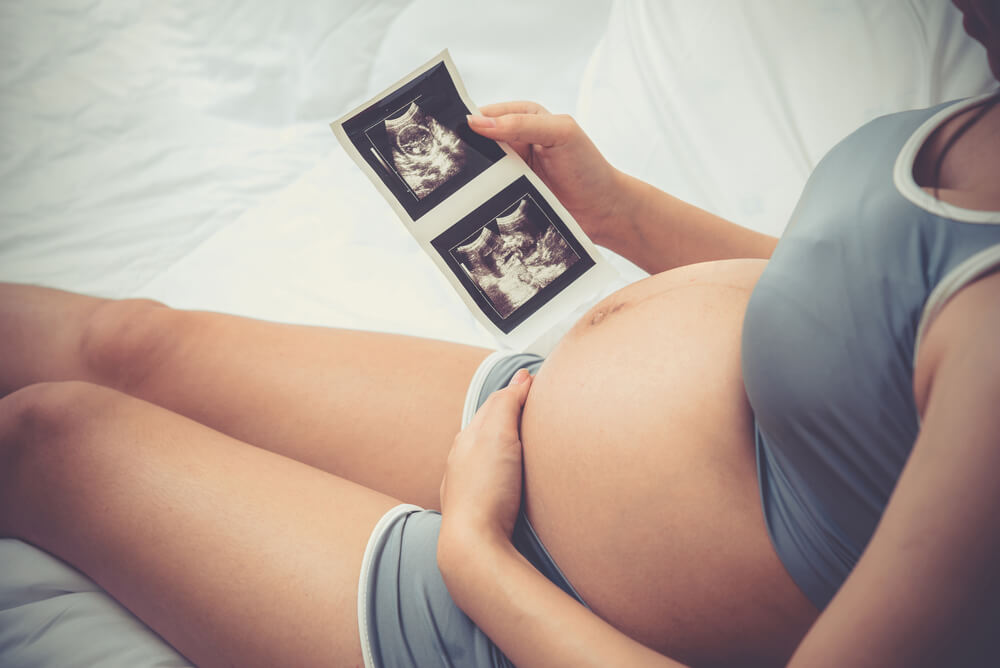What is Fetal Macrosomia?
Let’s have a look at the fetal macrosomia birth issue and how it can have an impact on your child. When an infant weighs 90 percent higher than the average weight of other infants, the infant is medically diagnosed as large for gestational age. However, fetal macrosomia is not always recorded as a diagnosis. A pregnancy is considered high-risk when both the child and the mother are more vulnerable to medical problems such as cerebral palsy. Normally, any child with a weight of over 9 pounds and 15 ounces will be considered high risk. However, some healthcare providers consider a risky weight as anything over 8 pounds and 13 ounces.
How Do They Treat This Problem?
Most often, macrosomia arises because the mother has gestational diabetes. As a result, the physician must work closely with the mother to keep her blood sugar under control. This means safe, regular exercise, and a healthy diet. Traditional vaginal delivery is often not recommended for women carrying a large baby because of the risks to both the mother and the baby. In most cases, doctors will choose to perform a C-section instead. They see this as the best treatment option, but a C-section, like any surgery, comes with its fair share of risks. Some of these risks include blood clots, infection, wound infection, injury to surrounding structures during surgery, and increased risks for future pregnancies. Still, more often than not, the benefits outweigh the risks when suffering from macrosomia, especially when you don’t have any other options.
How to Prevent This Condition
There are a few measures that you follow to help prevent this condition from occurring. First, watch how much weight you gain while pregnant. The more weight that you gain, the higher your risk of developing this condition. While watching your weight during pregnancy can be difficult, most women should try to keep the gain anywhere from 25 to 30 pounds. Also, do your best to maintain good control and close watch over your blood sugar levels. In some cases, you will need to take insulin as a way of keeping it in check. Financial help may also be available; speak to a legal professional to learn more.
Many times, parents that have a larger natural body size will have larger babies. Similarly, a baby can be unusually large if the mother is also unnaturally overweight. Keep a close eye out for the symptoms of gestational diabetes because, in some cases, it can remain undiagnosed. Also, women over the age of 35 will have a higher risk of having large babies. Unfortunately, there are cases where doctors can’t pinpoint the cause of this condition. You have to accept that it exists and do your best to minimize the risks and dangers you might face from this birth disorder.

